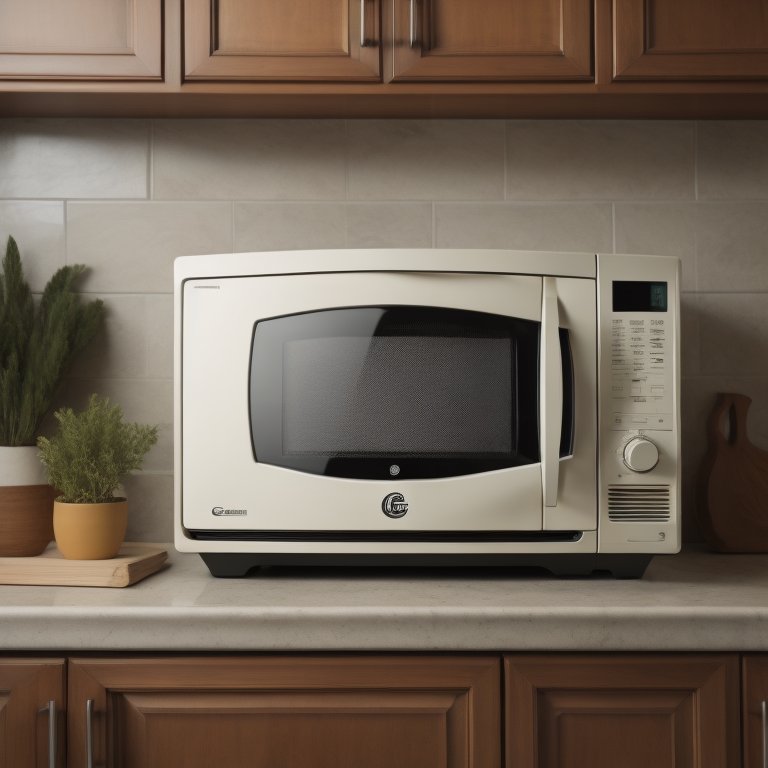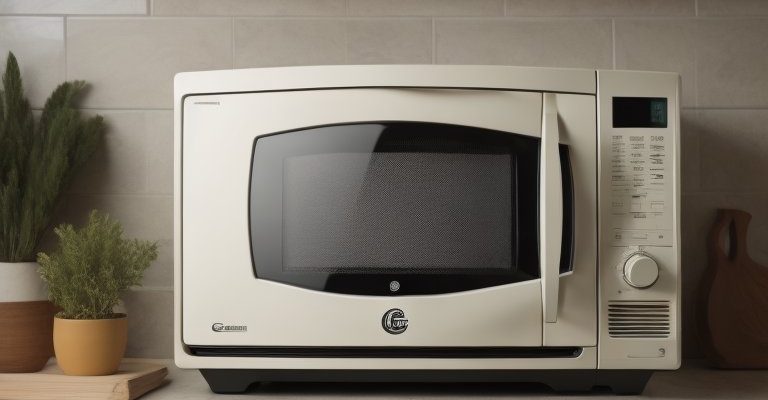
Now, why is this error so important to address? At its core, it’s about safety and functionality. Microwaves use powerful electromagnetic waves to heat food. If the door isn’t properly sealed, those waves might escape, potentially causing harm or simply making the appliance inefficient. If you’ve come across this error, don’t worry! It doesn’t mean your microwave is doomed. More often than not, it’s a simple fix or an easy maintenance step that can prevent this error from recurring. Let’s dive into some insights on why this could happen and how you can ensure it doesn’t become a regular issue.
Understanding the Causes of Error Code LE
To tackle the “LE” error code effectively, we need to understand its roots. Imagine trying to lock your front door, but there’s something jammed in the frame. That’s essentially what’s happening with your microwave. The error code usually pops up due to a fault with the door latch mechanism, which might not be engaging fully. This could be like having a misaligned latch on a door—it just won’t catch until it’s perfectly lined up.
Another common cause is a dirty or damaged door seal. Over time, little bits of food, grease, or even regular wear and tear can weaken the seal. Think of it like a leaky jar lid; if it’s not tightened properly, the contents might spill. Similarly, when the seal on your microwave door isn’t intact, the microwave senses that something’s amiss.
Finally, electrical glitches can play a role. Sometimes the error might be triggered by a faulty sensor or a micro-switch, parts that tell the microwave when the door is securely closed. Imagine using a remote with dying batteries; it might send wrong or no signals. If these components are acting up, they may mistakenly report that the door is open.
Understanding these causes not only helps in fixing the issue when it arises but also goes a long way in preventing it. By being mindful of these aspects, you can ensure that your microwave stays in tiptop shape, ready to heat up your next meal without a hitch.
Steps to Prevent Error Code LE
Preventing this pesky error is easier than you might think. First, start with regular cleaning. Surprised? A good clean can work wonders not just for your kitchen’s aesthetics but also its functionality. Make sure to wipe down the door and the seal with a damp cloth, regularly removing any buildup that might obstruct a good seal. Cleaning is like hitting the reset button, making sure there’s nothing stopping those necessary connections.
Secondly, consider inspecting the door hinges and latch mechanism every so often. Just like you’d oil a squeaky hinge on a door to keep it moving smoothly, ensuring these parts are in good condition can prevent them from causing alignment issues. If you do notice anything off, like a loose screw or a worn part, addressing it sooner rather than later can save a lot of hassle.
The third tip is a bit about being mindful. Avoid slamming the microwave door. We’re all in a rush sometimes, but slamming can misalign or damage the latch over time. It’s like repeatedly dropping your phone; eventually, it will give in and result in some damage. Be gentle, and your microwave will thank you by operating smoothly.
By taking these preventative measures, you’ll reduce the likelihood of seeing that “LE” error code. Not only will your microwave last longer, but you’ll also enjoy peace of mind knowing you’ve tackled a potential problem before it even started.
When to Call in the Pros
So, you’ve tried cleaning, inspected the seal, and ensured gentle usage, but that error code won’t go away. What now? Sometimes, the issue might be beyond simple DIY fixes. If the error persists, it might be time to consider professional help. Think of it like calling a mechanic for your car when it makes an odd noise that doesn’t go away—sometimes, an expert touch is needed.
A trained professional can dive deeper, checking the internal workings of your microwave. They can test the sensors and switches, ensuring every electrical component is functioning as it should. This is akin to a doctor checking your reflexes or heart rate—sometimes, the issue isn’t visible on the surface.
If you’re worried about the cost, remember that a small repair now can prevent a larger expense later. Ignoring the issue might lead to more severe problems, just like neglecting a leak can lead to water damage. Plus, having a professional diagnosis gives you a clear picture of what’s happening, potentially extending the life of your microwave.
When in doubt, don’t hesitate to reach out to Sharp customer support or a certified repair technician. They’re there to help, and a little upfront cost could save you a lot of trouble in the long run.
Maintaining Your Microwave for the Long Haul
Prevention is the name of the game. Just like you regularly service a car to keep it running smoothly, your microwave benefits from a little TLC. Regular maintenance isn’t just about fixing problems—it’s about ensuring they never arise. Consider setting a routine, maybe once every few months, to check on your microwave.
Keep track of any minor issues or changes you notice in its operation. Documenting these small quirks can be incredibly helpful. It’s like keeping a journal for your appliance, noting down little hiccups that might indicate bigger problems down the road. This way, you’re always one step ahead.
Lastly, always refer to the user manual. It’s your microwave’s best friend, offering guidance on its operation and troubleshooting tips. If you’ve misplaced it, don’t fret—most manufacturers offer digital copies online.
The key takeaway? Don’t wait for an error to remind you of maintenance. Being proactive and mindful goes a long way in ensuring your microwave, and indeed your kitchen, runs smoothly and efficiently. Here’s to error-free cooking and perfectly heated meals!
